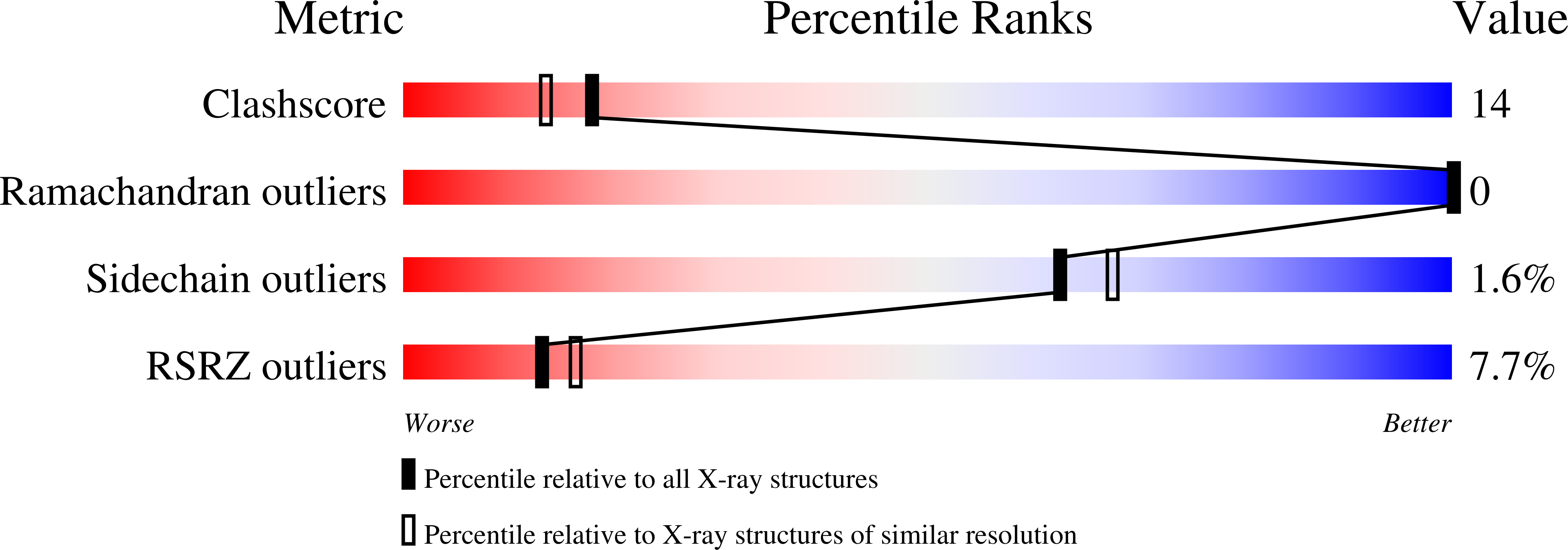
Deposition Date
2004-09-26
Release Date
2004-11-09
Last Version Date
2024-02-14
Entry Detail
PDB ID:
1XK3
Keywords:
Title:
NADPH- and Ascorbate-Supported Heme Oxygenase Reactions are Distinct. Regiospecificity of Heme Cleavage by the R183E Mutant
Biological Source:
Source Organism:
Homo sapiens (Taxon ID: 9606)
Host Organism:
Method Details:
Experimental Method:
Resolution:
2.08 Å
R-Value Free:
0.23
R-Value Work:
0.21
Space Group:
P 1 21 1


